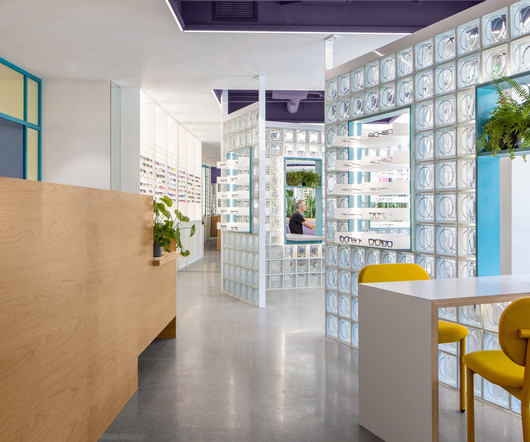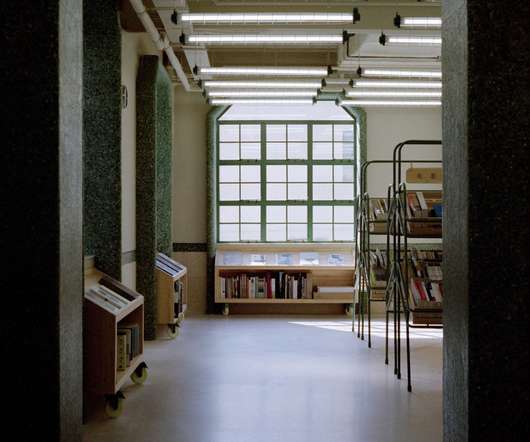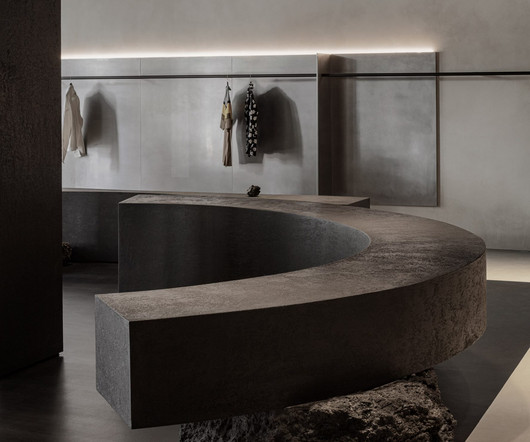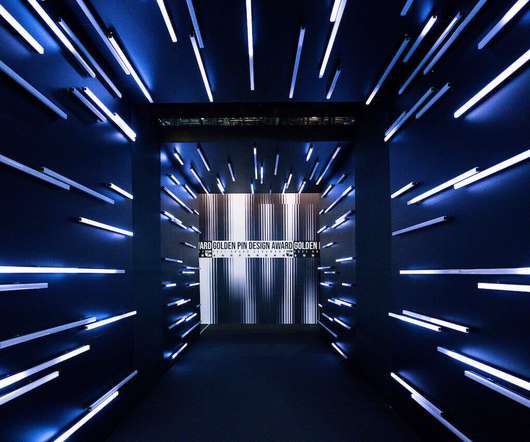Glass blocks divide Eye Eye optical store by Best Practice Architecture
Dezeen
APRIL 1, 2023
Local studio Best Practice Architecture has used punchy colours, glass bricks and dichroic glass inside an optometry store in Seattle 's Leschi neighbourhood. For Eye Eye 's second location, founder Will Pentecost got back in touch with Best Practice Architecture , which had completed the brand's first brick-and-mortar store back in 2015.












Let's personalize your content